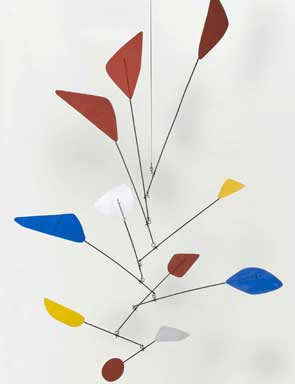Titled Sletto & Corso, the 20th edition of the Sélestat Biennial of Contemporary Art open September 21–October 27, 2013, pays tribute to the Sletto mythical figure and the Corso Fleuri parade. These two significant aspects of the identity of the city of Sélestat allow to explore both the differences and similarities between mythology and folklore, the heritage and the event, the perennial and the transient.

Sletto & Corso includes a few references to the monument (Tom Nicholson, Scott King, Raphaël Zarka), but also presents objects as various as a wall of plastic flowers (Sarah Derat) or a vineyard (Nicolas Boulard), amusement parks (Nicolas Cilins), a furniture storehouse (Jean Claus), as well as memory of the Bible stories (Amy O’Neill), update of the repressed in history (Goldiechiari) and issues of the principle of authenticity (Franz West, Andreas Slominski). From analysis of the complex processes of History (Renata Poljak) to the celebration of the moment (Alessandro Piangiamore), whether interested in the minor forms (Jeremy Deller, Tom Holmes, Genêt Mayor) or geological monuments (Adrien Missika), Sletto & Corso artists tear forms from their isolation to reveal their incredible value in use (Valentin Carron, Tony Regazzoni).
The biennial will unfold in different sites of the city of Sélestat: Caveau Sainte-Barbe, Saint-Georges and Saint-Quirin churches, medieval buildings, the Humanist Library, outdoor sites and the Haut-Koenigsbourg castle.
For the opening, on September Saturday 21, an inaugural parade will be organized, using the ‘Corso fleuri’ municipal floats. Weaving through the streets of Sélestat, this festive procession will celebrate the works presented during the Biennial.
This 20th edition of the Sélestat Biennial of Contemporary Art is also an opportunity to implement local and cross-border collaborations, including the Sammlung Grässlin in Germany, the Haut-Koenigsbourg castle and Frac Alsace.
Marc Bembekoff is an independent curator. In 2004, he co-founded the collective Le Bureau/ with which he conducts many projects in France and abroad. He worked as a curator for many institutions (Frac Champagne-Ardenne, musée Rodin, and Palais de Tokyo).
Julien Fronsacq is curator, art critic and teacher. He has been teaching at the art school of Lausanne since 2001. He directed Forde (Geneva, 2004-2006) and co-directed Glassbox contemporary art space (Paris, 1999-2003). He’s been curator at Palais de Tokyo since 2007.
Ville de Sélestat
Direction Promotion Culturelle et Touristique
9 place d’Armes
BP 40188
F-67604 Sélestat cedex
T +33 (0) 3 88 08 69 64
[email protected]
www.ville-selestat.fr


